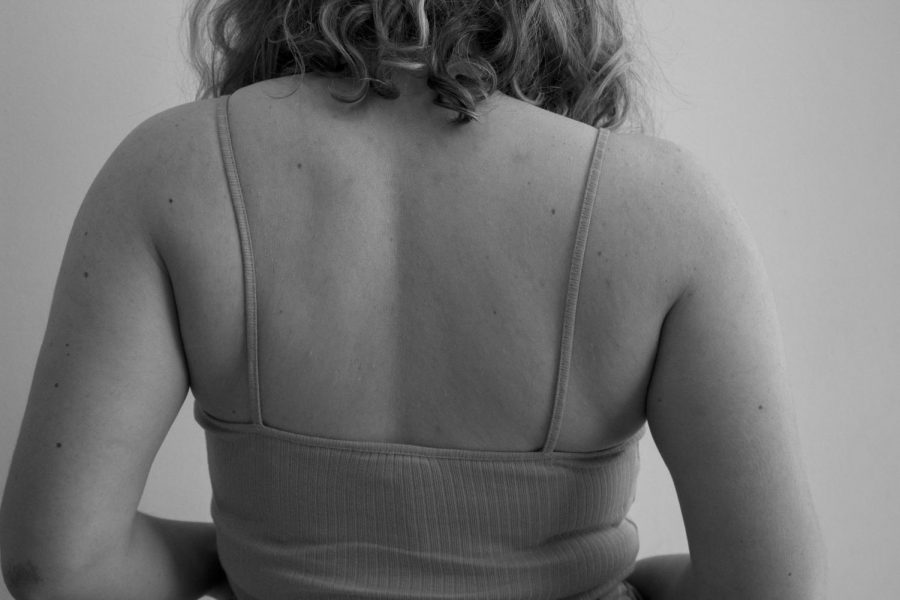District working on gender neutral dress code
The district has recently been working toward implementing a new and fairer dress code for all students.
While the details for the new dress code have not been specified yet, the goal of the changes is to make rules gender neutral, said assistant principal Andy Briggs.
The dress code has been criticized over the years because most of the rules target clothing worn by girls.
Briggs has been in charge of updating Cal’s student handbook. While reviewing it, he came across the dress code and noticed it had the same problems of his previous school district. He helped fix the problem at Acalanes High School in Lafayette, and he hopes to do the same here.
“When I was in my last district, we, the administration, looked at our dress codes, and we noticed that each school kind of had a different dress code and were very different,” said Briggs, noting that Acalanes now has a gender-neutral dress code.
“One of the things that was common in pretty much all of them was- if you were a girl, you had all kinds of limitations, and if you were a guy you didn’t,” Briggs said.
He said this issue was brought to Principal Sarah Cranford, who agreed this was something that needed to be examined.
Concerns about the dress code were then brought to school curriculum leaders, who focused on what other schools and school districts were doing about this issue.
While some students welcome the gender neutral dress code, some feel that the current dress code is not that burdensome, mostly because of the lack of enforcement.
“[A majority of teachers] aren’t really strict on it,” said junior Maddi Calcagno. “It is rare that teachers are strict though.”
Because of this lack of enforcement, some students were unaware of Cal’s dress code.
“I didn’t even know there was a dress code,” said junior Asaiah Blanks.
Other students feel that rules about girl’s clothes were enforced more than the other rules. This sparked student concerns about sexism.
“It’s very geared toward girls more,” said sophomore Carly Lorenz. “I see shirts with bad words on them, but girls can’t wear small straps.”
Currently, every high school in the district has rules that specifically outline the required length of skirts, shorts and dresses, prohibit the showing of midriffs, and restrict certain shirts typically associated to female attire.
“I like that they’re doing this, because girls can’t wear as much as they want as boys can,” said freshman Devyn Revera.
Algebra teacher Kristina Lisle hoped that a new dress code would not be as specific as the current one, which lists articles of clothing that is not appropriate. Lisle would like to see the new dress code leave the decision as to what inappropriate to the discretion of teachers and administrators.
Lisle believes rules against specific articles of clothing allow for a grey area because an outfit may not be appropriate but since it’s not listed in the rules it can technically be worn.
“I think there should be guidelines, but it probably should be more generalized, so that you’re not trying to specifically identify pieces of clothing,” Lisle explained.
The plan to change the dress code has been handed off to the curriculum leaders, who have yet to release the exact details of the new dress code.
The plan is to have staff, leadership and students provide feedback and recommendations to the creation of the new dress code. With details currently unknown to the school body, some students worry that a new gender neutral dress code would be more restrictive on what students could wear.
“I don’t like the idea of this dress code stuff,” said freshman Jameson Gerner. “I like seeing creativity in people’s outfits.”
Gender neutral dress codes are becoming more common in public schools.
A high school in Illinois created a gender neutral dress code with a emphasis on body positivity. The school allowed students to wear previously banned clothes, such as spaghetti straps. New rules required students and staff to manage themselves for what they perhaps found “distracting.”





